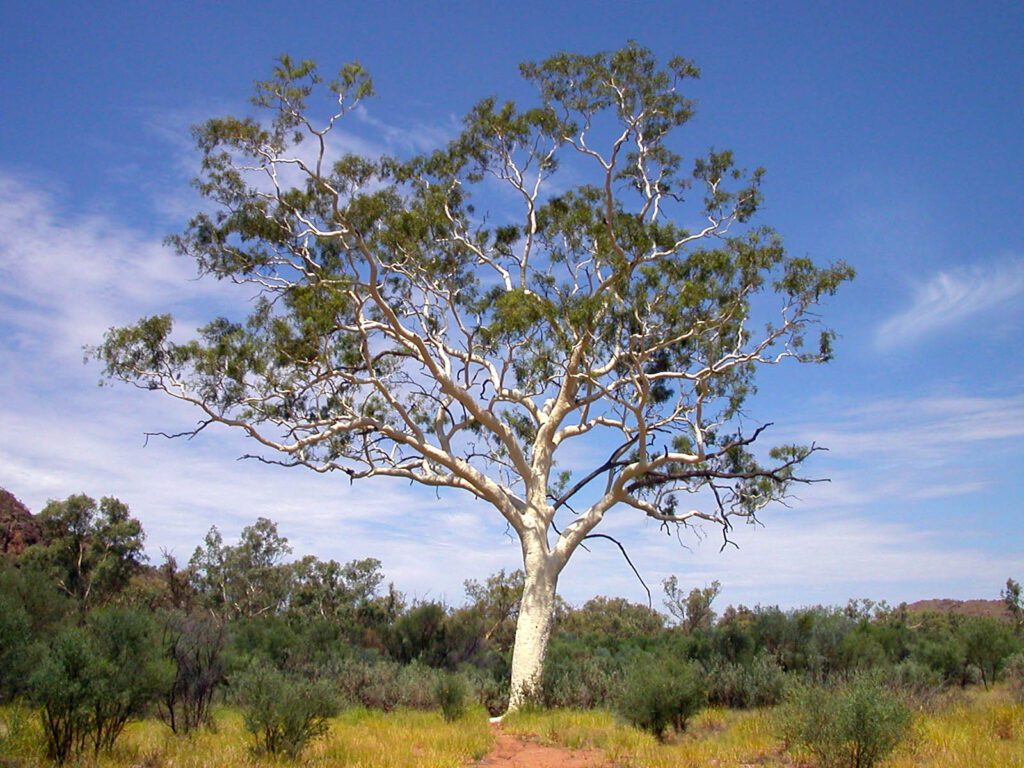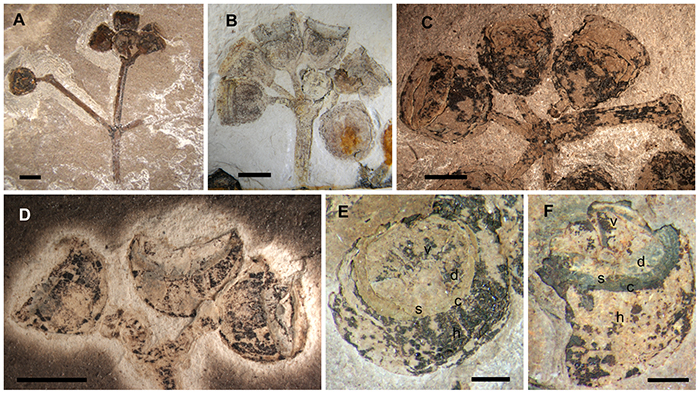Eucalyptus trees, commonly known as gum trees, are a prevalent sight in Australia and Brisbane East, comprising a significant portion of the country’s flora. While these trees offer numerous benefits to the environment and local ecosystem, they may also present challenges and risks for property owners. Weighing the pros and cons of having a large eucalyptus tree on your property can help you make an informed decision about how to manage it.
Pros:
Shade and Temperature Regulation: Large gum trees provide ample shade, making the surrounding areas more tolerable during hot summer months and the peak of the day. This natural shade can help regulate local temperatures, providing comfort to people inside homes and buildings.
Ecosystem Balance: Eucalyptus trees play a crucial role in promoting ecosystem balance. They can absorb a significant amount of water, which helps prevent flooding and keep the soil healthy by preventing erosion. Many animals depend on eucalyptus trees for food and habitat, including the koala, which relies on eucalyptus leaves as its primary food source.
Cons:
Safety Concerns: One of the primary concerns of having a large gum tree on your property is the safety of residents and visitors. The tree’s branches may intertwine with overhead electrical cables, posing a risk of electrocution or power outages.
Storm Damage: During storms, large eucalyptus trees can pose a significant risk to lives and property. There is a possibility of the tree being struck by lightning, resulting in damage to the property or even endangering lives.
Maintenance Challenges: Eucalyptus trees require regular maintenance, including pruning and inspection for any signs of decay or disease. This can be time-consuming and costly, and neglecting proper tree care can lead to potential hazards. They also drop debris onto your roof which can clog your gutters.
In conclusion, while large eucalyptus trees offer several benefits to the environment and local ecosystem, they also come with safety concerns and maintenance challenges. It’s essential to carefully assess the pros and cons of having a large gum tree on your property and take appropriate measures to manage any potential risks. Consulting with a professional arborist or tree care expert can be helpful in making an informed decision.

Unveiling the Secrets of Eucalypts: Lesser-Known Facts about an Iconic Australian Tree (widow-makers)
Eucalypts have ancient roots that trace back to when Australia was part of the supercontinent Gondwana.
Fossils of eucalypt flowers, fruits, and leaves dating back 52 million years have been found in Patagonia, making them easily recognizable.

Eucalypt leaves are packed with oil glands that produce aromatic compounds, giving them their distinctive scent.
The scent of eucalypts can vary, with some smelling strongly of eucalyptus, some resembling peppermints, and others having a lemony fragrance.
Researchers have discovered microscopic traces of gold in the leaves of eucalypt trees in Kimberley using advanced imaging techniques.
Many species of eucalypts ooze thick, red resin known as kino.
Recent research has shown that eucalypt resin from species like lemon-scented gum and cadaghi gum has antibacterial properties.
Indigenous Australians have traditionally used eucalypt resin to treat cuts and wounds.
While koalas are the most well-known consumers of eucalypt leaves, the yellow-bellied glider, a small tree-dwelling mammal, also relies on kino as an important food source.
Koalas, Greater Gliders, and Ringtail Possums are the only mammals that can survive on a diet of eucalyptus leaves, as the leaves are fibrous and low in nutrition and are toxic to most animals.

Eucalyptus leaves and oil have been used for generations as a remedy for respiratory issues, particularly in clearing catarrh from the respiratory tracts.
Eucalyptus oil is highly flammable, and ignited trees have been known to explode, making bushfires easily spread through the oil-rich air of eucalypt tree crowns.
Eucalyptus is the most common source of short fibre for pulpwood used in making pulp.
Eucalypt wood is commonly used to make didgeridoos, a traditional Australian Aboriginal wind instrument.
Eucalyptus was introduced from Australia to the rest of the world after the Cook expedition in 1770.
Today, eucalyptus is commercially grown in tropical and subtropical areas all around the world.










